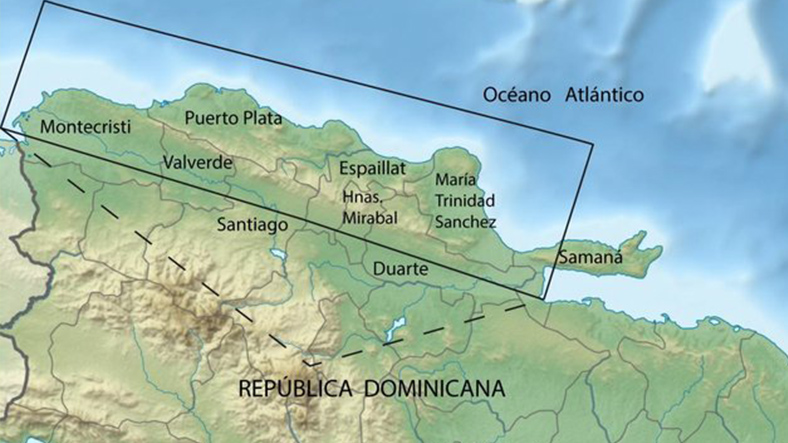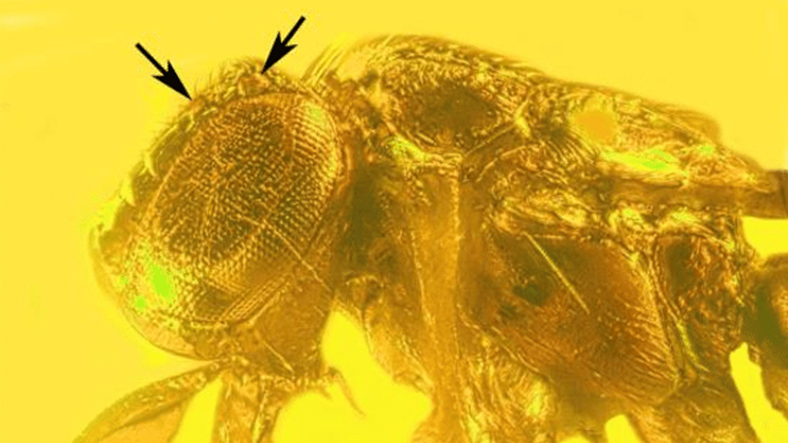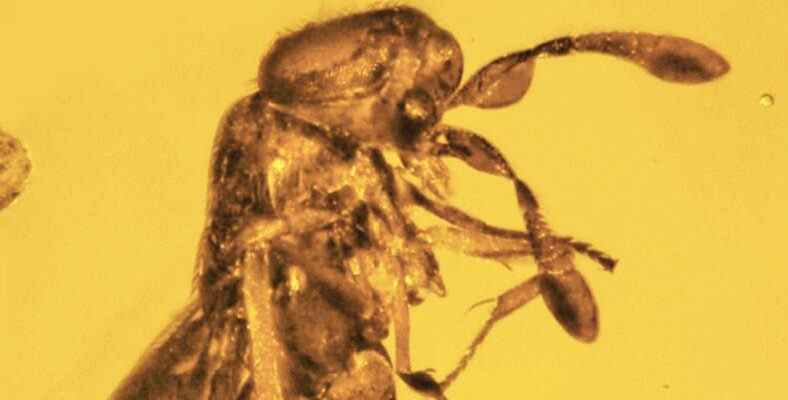Imagine that 30 million years ago you were a bee and there was a small flower between your arthropods. You have been flying for a long time and when you are tired you land on a tree to rest, but what is that? You got a sticky resin on your feet and you could never move again…
Amber has a great importance for science because the things trapped in it can still be preserved to the present day without deteriorating at a level that can be studied even after millions of years. Earlier, we told you about insects, dinosaur fossils and even crabs that emerged hidden in amber.
Amber patterns can also imprison living things while they are forming, making it easier for us to shed light on the past in today’s science. In an excavation carried out within the scope of researches on the prehistoric period, a new amber mold further discovered.
A prehistoric flower, a fly and a wasp
The study was based on research that extracted the DNA of the insect in Dominican amber. Inspiring Jurassic Park By George Poinar. Poinar’s latest research revealed the first fossil of the plant genus Plukenetia. poinar“Fossils of members of this plant family are extremely rare, I could only find one plant fossil before” says.
Famous Dominican amberextinct species that scientists once thought thrived in a humid tropical forest ecosystem. From the tree Hymenaea protera It is a fossilized resin. The newly discovered fossil of a flower, fly and wasp was also found in a Dominican amber.

The specimen you see in the photo above was unearthed in the mountain region of la Cordillera Septentrional. In the studies carried out on the sample, the fossils Dating 30-45 million years ago they were diagnosed.
Poinar’s only discovery is not plants, as you can see, There is also a bee. Modern members of the genus Euphorbia (living relatives of the fossilized plant) is pollinated by small wasps, so this wasp is thought to play a similar ecological role.

The fossilized wasp Hambletonia Dominicana, discovered and named by Poinar in 2020, is a group of parasites known to lay their young with eggs or larvae of smaller insects that become food for the developing young wasp. acetic wasp.
Using high-definition imaging, Poinar found a tiny sliver inside one of the flower’s developing seeds. gall mosquito (Cecidomyiidae) larva and also noticed the damage to the ovarian capsule where the mosquito lives. Poinar speculates that after the wasp hatches, it may be attracted to the infected flower to lay an egg that will soon parasitize the gall mosquito larva.
RELATED NEWS
Scientists Discover A New Type Of Flower From 100 Million Years Ago Preserved Inside An Amber Stone
However, it seems that a sticky resin drop, spoiled all the bee’s plans and a picture emerged in which these three have been stuck for millions of years. What are you thinking? Please do not forget to share your thoughts with us in the comments.
Source :
https://www.sciencealert.com/wasp-flower-and-fly-trapped-in-amber-reveal-30-million-year-old-microcosm
